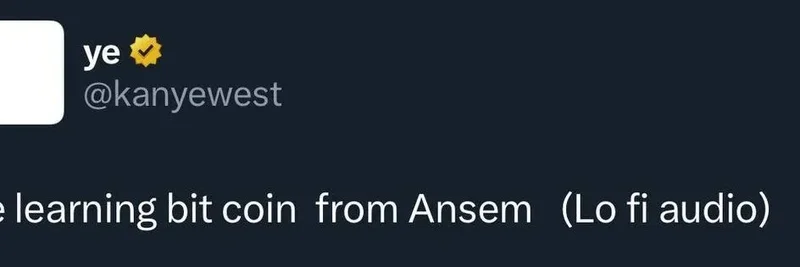The Debate Ignites: Trusted Teams vs. Paper Hands
Hey there, meme token enthusiasts! If you’ve been scrolling through X lately, you might have stumbled across a thought-provoking post by baoskee that’s got the crypto community buzzing. Posted on July 1, 2025, at 05:49 UTC, baoskee dropped a hot take: “honestly having token owned 90% by a team with high trust is better than having it massacred by paper hands.” This single line has sparked a lively thread, and at Meme Insider, we’re diving into what it all means for the world of meme tokens and blockchain.
What Are "Paper Hands" and Why Do They Matter?
For those new to crypto slang, “paper hands” refers to investors who sell their tokens at the first sign of trouble, often causing price drops due to panic. Baoskee’s argument suggests that a concentrated ownership model—where a trusted team holds 90% of the tokens—could stabilize a project better than letting these jittery sellers take control. It’s a bold stance, and the replies in the thread show a mix of agreement and skepticism.
For example, 0xbellea chimed in with, “Tokenomics are tricky, but team integrity matters most,” highlighting the importance of a reliable team. Meanwhile, Nano World 🌸 added, “It’s how long-lasting projects are built usually, but there is important that team is have source of income besides the token.” These insights suggest that while trust is key, financial sustainability is just as critical.
The Flip Side: Risks of Centralized Ownership
But it’s not all smooth sailing. Zealot brought up a counterpoint: “paper hands can’t kill the project, but getting a small amount of profit to increase the turnover rate will help the project move up.” This view argues that some selling can actually benefit a token by boosting liquidity, while excessive team ownership might stifle growth if the team dumps their holdings later. It’s a reminder that tokenomics—the rules governing how tokens are distributed and managed—is a delicate balancing act.
The web is full of examples that back this up. Take CoinMarketCap’s list of meme tokens, where projects like Chainlink (LINK) thrive with clear utility, while others with murky purposes struggle. Baoskee’s mention of “DRINK” (likely a token they’re tracking) in a follow-up reply suggests they might be hinting at a specific case—though the thread doesn’t dive deep into details.
What This Means for Meme Token Investors
So, what should blockchain practitioners take away? If you’re investing in meme tokens, baoskee’s perspective pushes you to look at the team behind the project. A trusted team with a long-term vision could mean stability, especially in the wild world of Web3, where MasterClass explains token ownership as a way to participate in projects you believe in. But don’t ignore the risks—centralized ownership can backfire if the team lacks transparency or other revenue streams.
At Meme Insider, we’re all about helping you navigate this space. Keep an eye on team credibility, token distribution, and market trends. The thread’s diverse opinions—like boot’s “People don’t understand this yet”—show this is a topic still evolving. What do you think? Drop your thoughts in the comments, and let’s keep the conversation going!
Key Takeaways
- Trust Matters: A team owning 90% of tokens can stabilize a project if they’re trustworthy.
- Paper Hands Impact: Mass selling can hurt prices, but some turnover might help liquidity.
- Tokenomics Balance: Success depends on a mix of team integrity, utility, and financial health.
- Stay Informed: Follow threads like this on X to catch the latest crypto debates.
Ready to dive deeper into meme token strategies? Check out our knowledge base for more insights!


